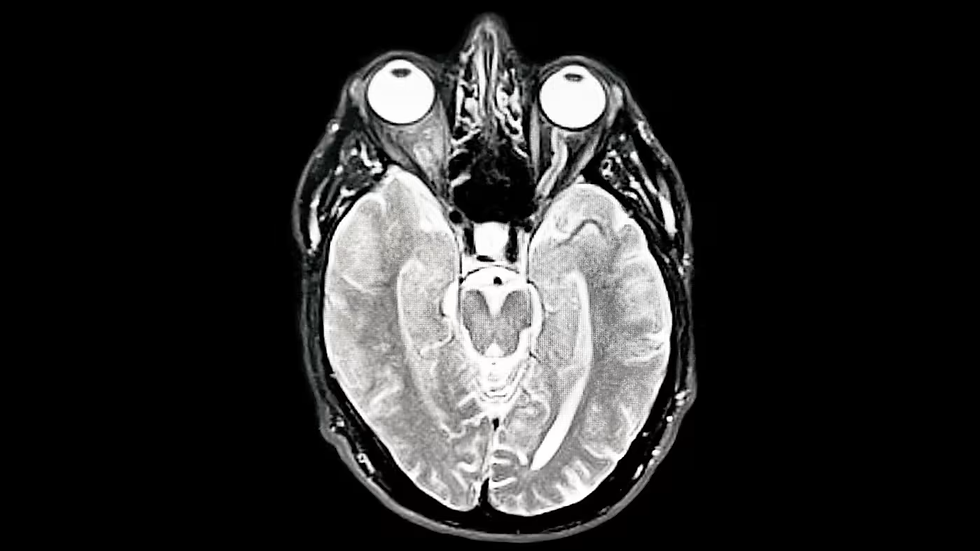CRISPR Breakthrough: Baby’s Life Saved in Historic Gene-Editing First
- Melissa Santañez
- May 18
- 2 min read

In a world-first medical marvel, a nine-month-old baby has become the face of hope after receiving a groundbreaking CRISPR gene-editing treatment to correct a rare, life-threatening genetic disorder. This historic success isn’t just a scientific milestone—it’s a glimpse into the future of personalized medicine where cures are written in our DNA. Curious how gene editing saved his life? Read on.

The recent successful treatment of a baby using CRISPR gene-editing marks a significant milestone in medical science. A nine-month-old infant named KJ Muldoon, diagnosed with severe carbamoyl phosphate synthetase 1 (CPS1) deficiency—a rare and often fatal metabolic disorder—received a personalized CRISPR-based therapy at the Children's Hospital of Philadelphia. This groundbreaking procedure corrected a specific gene mutation in his liver cells responsible for the disorder, leading to remarkable improvements in his health and development.
This achievement represents a historic leap in personalized medicine, demonstrating the potential of targeted gene therapy to treat rare and previously untreatable genetic disorders. Experts worldwide have lauded the study, highlighting its exceptional quality and its vast potential to revolutionize genetic medicine.
In contrast, the first instance of gene editing in humans occurred in 2018 when Chinese scientist He Jiankui announced the birth of twin girls with edited genes intended to confer resistance to HIV. This experiment was widely condemned for ethical violations, lack of transparency, and potential unintended consequences. He Jiankui was subsequently sentenced to three years in prison for illegal medical practices.
The key distinction between these two cases lies in the approach and ethical considerations. KJ's treatment involved somatic gene editing—modifying genes in specific tissues without affecting the germline—conducted with regulatory oversight and aimed at treating a life-threatening condition. Conversely, He's experiment involved germline editing, altering the DNA of embryos in a manner that could be inherited by future generations, raising significant ethical and safety concerns.
KJ's case exemplifies the responsible application of gene-editing technology, offering hope for treating numerous rare genetic diseases. It underscores the importance of ethical standards, regulatory oversight, and scientific rigor in advancing medical innovations.
View More from the news: Science Alert, Axios, The New Yorker









Comments